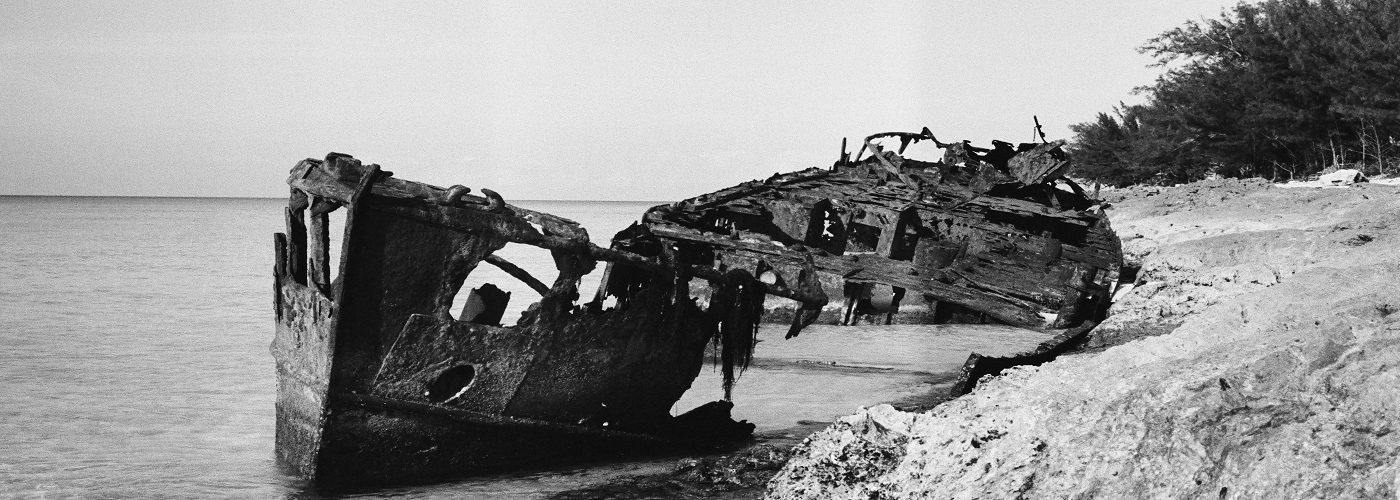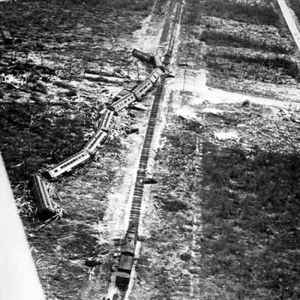

From Category 5 Hurricanes Dorian, Michael, Maria, and Irma, the past few years have seen more than a few of these very strong tropical cyclones ravage coastal areas around the Atlantic basin. Even more than 85 years later, though, there is still one storm that is unrivaled for its strength at landfall. The 1935 Labor Day Hurricane, which struck the Florida Keys on September 2, still holds the record for the lowest pressure ever recorded at landfall for any tropical cyclone or hurricane in the Western Hemisphere, at 892 mb or 26.35 inHg.
The storm that would become the 1935 Labor Day Hurricane was first noted just north of the Turks and Caicos Islands near the end of August. Moving at a relatively slow westward pace of 10 mph, the storm reached hurricane strength just south of Andros Island in the Bahamas on September 1. Undergoing explosive development over the next 24 hours, the storm went from a Category 1 to a Category 5 storm in just 24 hours.
Back in 1935, an extension to U.S. Highway 1, called the Overseas Highway, was under construction by World War I veterans employed in federal work camps in the Florida Keys. As the hurricane approached, an evacuation train didn’t leave Miami until 4:25 pm and didn’t reach Islamorada, in the Middle Keys, until the full force of the storm surge and eyewall winds struck around 8:20 that evening. The combination of an 18 to 20 foot storm surge and sustained winds of 185 mph, with gusts to 200 mph, swept the train cars off the track and almost completely wiped the Middle Keys clean of human habitation. In all, at least 408 people were killed by the storm, which made a second landfall as a weaker Category 2 storm near Cedar Key, Florida on September 4. Damages totaled $1.89 billion in today's U.S. dollars.
Aside from the grim statistics of the storm, the event marked a first in aviation and in meteorological study when an American expatriate Captain Leonard Povey of the Aviation Corps of the Cuban Army flew an open-cockpit Curtiss Hawk II near the hurricane. This was the first time anyone had ever used an aircraft to investigate the position of a tropical cyclone. The first flight that actually reached the eye of a hurricane would not happen until 1943.
- For an excellent documentary on the storm, including powerful survivor accounts, see: Hurricane '35: The Deadly Deluge, Miles Associates Productions, 1997

